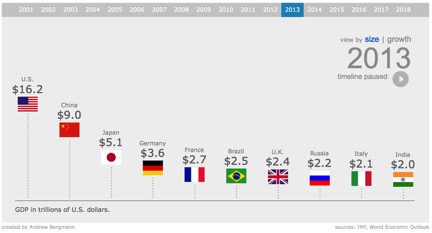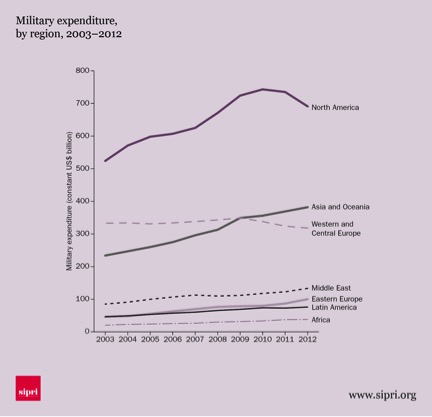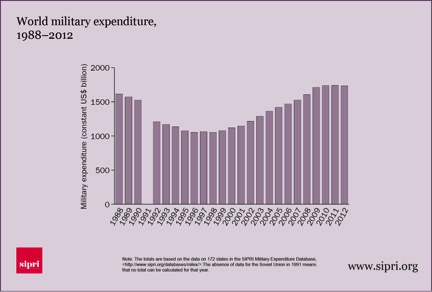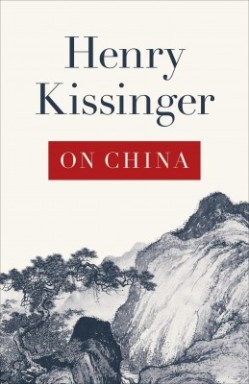(This paper is just a section in a compilation of academic papers discussing the polarity of the present world order.)
The Cold War global power structure is a bipolar one – the United States of America and the Soviet Union. But with the demise of the Soviet Union, the global power was retained by a sole hegemon — the United States of America.
Today, there are debates whether the present international system is unipolar, bipolar or multipolar or a bi-multipolar or uni-multipolar.
Is US Hegemony Declining?
The United States is still the largest economy of the world, but China is running closely behind. However, in capital export, US is only at the Top 3 with China leading the roster.
It is evident from this graph that the United States remains the biggest spender in terms of military or defense budgets. Since 1989, the US is on the lead in terms of military, economy and technology (Brooks & Wohlforth, 2002). It acts in some international cases without the approval or consensus of pertinent international associations like the Iraq War of 2003 where it acted without UN’s go signal.
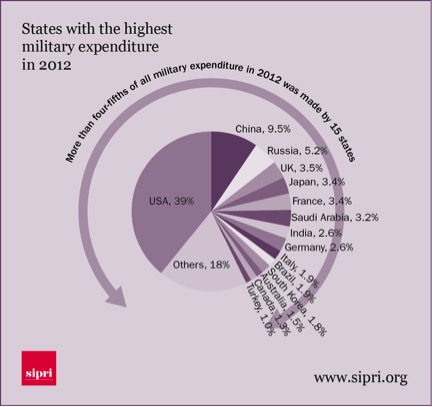
Scholars believe that China can overrun US in terms of military spending by 2050 given the continuing decline in US military spending (see graph below). The vast US military capabilities at the moment are undeniably assets. According to Alfred McCoy, it could be the United States one last blow – a show off of its imperial power. Although US military remains the biggest and the most equipped military on Earth, Chalmers Johnson thinks that just like any other empire in decline, the United States is suffering from overstretch due to its military adventurism.
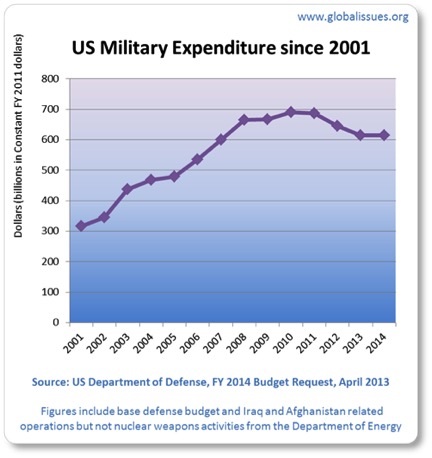 It is important to note that while the United States or North America collectively decreases military spending, the rest of the world especially Asia is increasing its defense budgets (see figure below).
It is important to note that while the United States or North America collectively decreases military spending, the rest of the world especially Asia is increasing its defense budgets (see figure below).
What do we know from here? Well, we know that the United States is not unchallenged and that is indeed on the decline (Huntington, America in the World).
For Dilip Hiro, the challenge to American supremacy is not ideological differences but the sharpening conflicts over natural resources such as oil and gas.
For critical theorists, another major impact to the decline of American supremacy is its chronic disease due to the systemic risk of the capitalist economic regime. The global financial crisis under the auspices of the United States and the financial oligarchs has been beset the nightmare of its doom.
Defining Unipolarity and Multipolarity
A unipolar world order is a world order characterized by the dominance of a sole hegemon or a superpower without being balanced or challenged by several major powers. This hegemon is capable of acting unilaterally with little or no cooperation from other states and can effectively resolve major international issues on its own (Dilip, 2014).
A multipolar world order on the other hand is characterized by the existence of several major powers with comparable strengths (Huntington, America in the World).
What is clear to us is that our present world order is not fitting for both models. It is undeniable that we had that “unipolar moment” (Krauthammer, 1990). But today, the United States is beset by a number of regional contenders halting its absolute control over some regions.
A Uni-multipolar World
There are debates whether the world today is unipolar, bipolar (US-China), multipolar, bi-multipolar or uni-multipolar.
Our analysis posits the view that the present world order is a uni-multipolar world. Our present world order does not fit the unipolar nor the multipolar model. As Samuel Huntington noted, this type of world order means two things: (1) the hegemon can veto the actions of combined powers with regard to key international issues, however (2) the hegemon cannot resolve key international issues without the cooperation with some of the other major powers.
Four levels of global power structure characterize this world order according to Samuel Huntington in America in the World:
- The United States has preeminence in every domain of power.
- There are primary regional superpowers with their respective spheres of influence; doesn’t have global reach like the one superpower
- There are secondary regional powers
- There are smaller nations that do not have key roles in the global structure but are IMPORTANT for this super and major/intermediate powers
While the United States as the hegemon tries to reassert its power over the rest of the world, it will be faced the indifference and resistance from primary regional powers which believe they ought to shape the events in their regions. In its goal to counterbalance these regional powers, the hegemon tries to work hand-in-hand with secondary regional powers (US-Japan versus China, US-Argentina versus Brazil, US-Ukraine (plus Uzbekistan and Georgia) versus Russia, US-Saudi Arabia versus Iran). These secondary regional powers share a common interest with US – contain the regional power’s assertion of influence over their respective regions.
This uni-multipolar world polarity is a world order in transition – from unipolarity to multipolarity. And this transition is full of difficult and antagonistic relationships at different levels but adjoining levels in the global power structure (Huntington, America in the World).
REFERENCES:
Astorga, L. (2012). World stage: Transition to multipolarism. Instituto Espanol de Estudios Estrategicos: Madrid, Spain
Dugin, A. (2014). Counter-hegemony in theory of multipolar world. Retrieved from http://www.4pt.su/en/content/counter-hegemony-theory-multi-polar-world
Hiro, D. (2014). The sole power in decline – Ride of a multipolar world. Retrieved from https://whitelocust.wordpress.com/the-sole-superpower-in-decline-the-rise-of-a-multipolar-world/
Ikenberry, J. (2005). Power and Liberal Order: America’s Postwar World Order in Transition. International Relations of the Asia-Pacific 5.2
Varisco, A (2013). Towards a Multi-Polar International System: Which Prospects for Global Peace? Retrieved from http://www.e-ir.info/2013/06/03/towards-a-multi-polar-international-system-which-prospects-for-global-peace/
Krauthammer, Charles. “The Unipolar Moment”. Foreign Affairs 70.1 (1990): 23-33.

